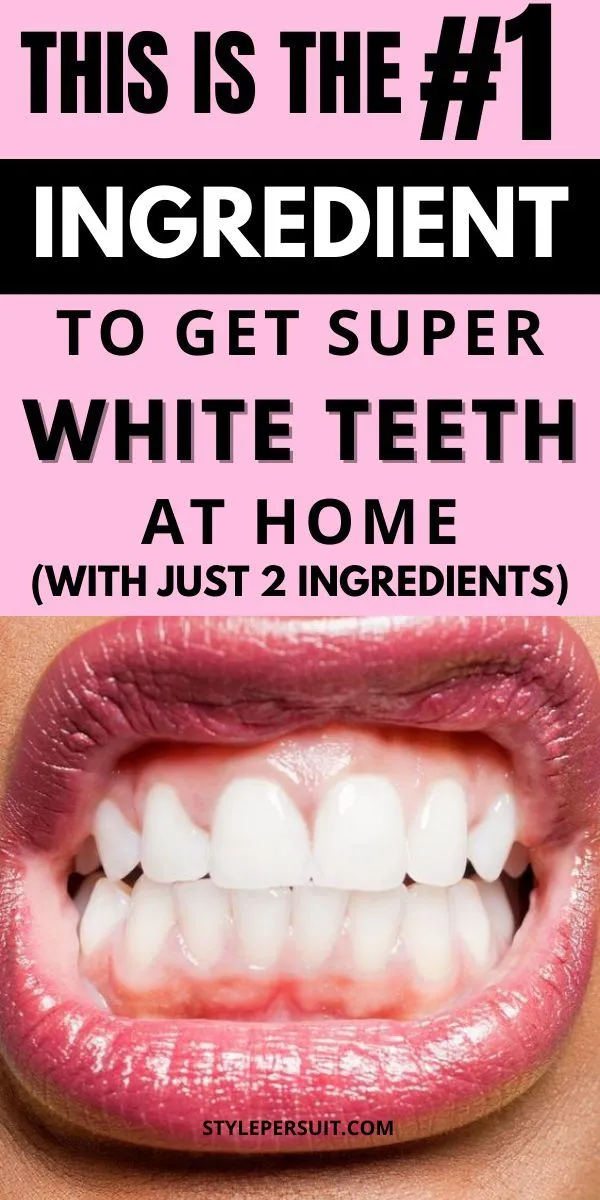Why Your Teeth Need Whitening
Over time, our teeth can lose their natural brilliance due to various factors. Dietary choices, such as coffee, tea, and red wine, contribute to staining. Smoking and tobacco use are major culprits, leading to significant discoloration. Aging also plays a role, as the enamel thins, revealing the yellowish dentin underneath. Furthermore, certain medications and dental issues can cause staining. Recognizing these causes is the first step in understanding the need for teeth whitening. Addressing these issues can lead to a significant improvement in the appearance of your smile and boost your self-confidence.
The Benefits of a Bright Smile
A brighter smile offers benefits beyond just aesthetics. Studies show that having whiter teeth can boost your self-esteem and confidence. It enhances your overall appearance, making you look younger and more vibrant. A confident smile can positively impact your social and professional interactions. It can also lead to better first impressions and improve your overall quality of life. Investing in teeth whitening is an investment in your self-image and social well-being.
The Importance of Good Oral Hygiene
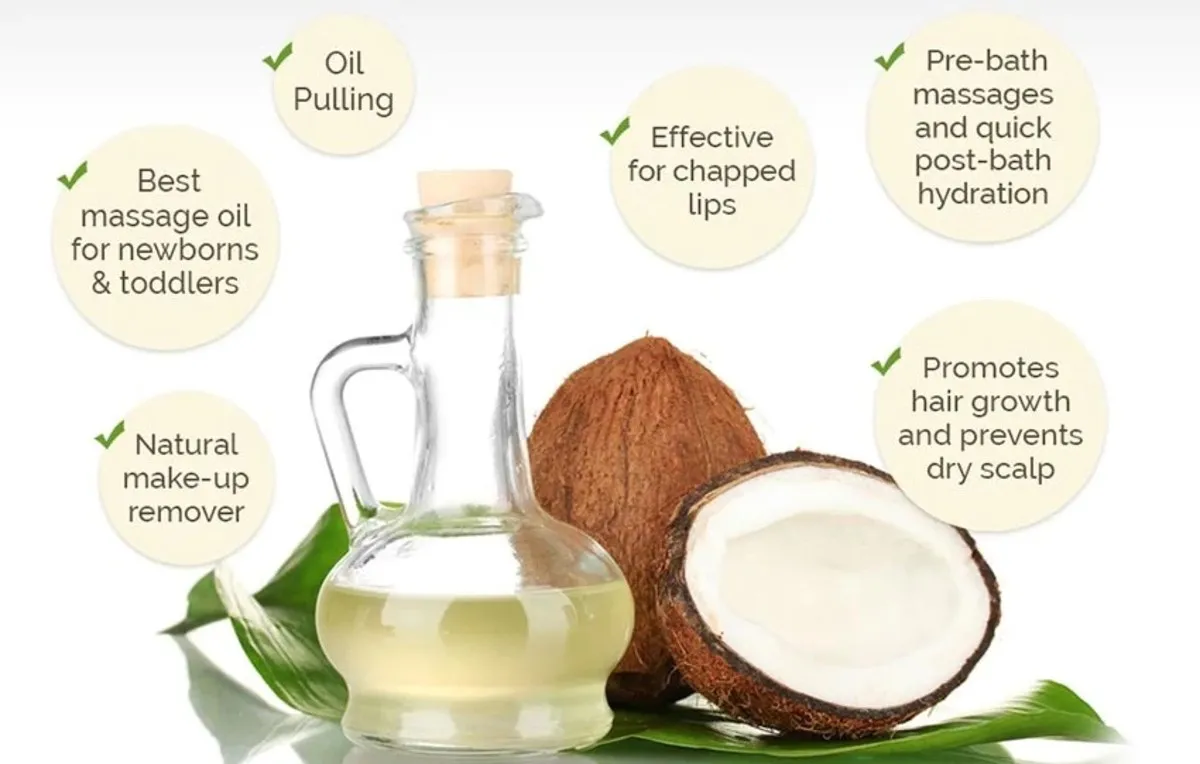
Maintaining good oral hygiene is fundamental for teeth whitening and overall dental health. Regular brushing, ideally twice a day, removes surface stains and prevents plaque buildup. Flossing daily is crucial for removing food particles and plaque from hard-to-reach areas, preventing tooth decay and gum disease. Using an antimicrobial mouthwash further reduces bacteria in the mouth, contributing to healthier gums and fresher breath. Regular dental check-ups and professional cleanings are essential for identifying and addressing any oral health issues early on. These practices create the foundation for achieving and maintaining a brighter smile.
Top 5 Home Remedies for Fast Teeth Whitening
Achieving a brighter smile doesn’t always require expensive professional treatments. There are several effective home remedies that can whiten your teeth quickly and naturally. These methods utilize common household ingredients and practices to remove stains and enhance your smile. Remember to use these remedies with care and consult a dentist if you have any concerns about your oral health. These methods offer a convenient and affordable way to boost your confidence and enjoy a more radiant smile.
Baking Soda and Hydrogen Peroxide
Baking soda and hydrogen peroxide are a popular combination for teeth whitening. Baking soda acts as a gentle abrasive to scrub away surface stains, while hydrogen peroxide has a bleaching effect. When used together, they create a powerful yet accessible whitening treatment. This combination can be a convenient and effective way to brighten your smile at home. Remember to use this method sparingly, as excessive use can lead to enamel erosion and tooth sensitivity. Always practice caution and consider consulting with your dentist before use.
How to Use Baking Soda and Hydrogen Peroxide
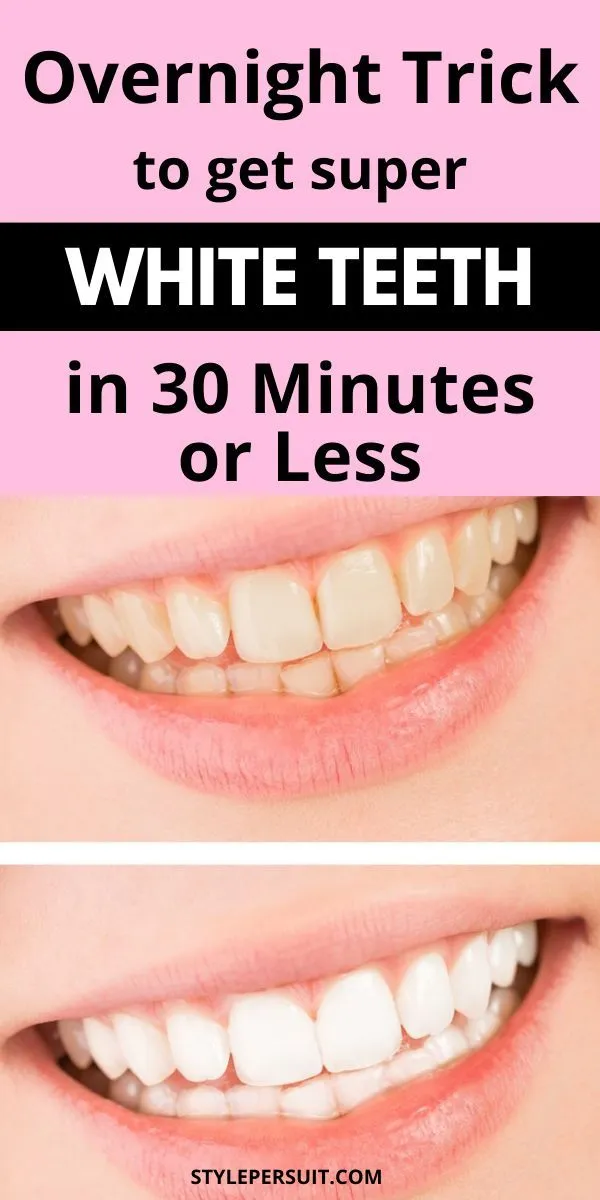
To use this remedy, mix one tablespoon of baking soda with two tablespoons of hydrogen peroxide to form a paste. Gently brush your teeth with the paste for about two minutes, using circular motions. Rinse thoroughly with water after brushing. It’s recommended to use this method no more than once or twice a week to avoid damaging your enamel. This simple procedure can be incorporated into your oral hygiene routine to achieve noticeable whitening results over time. Careful and infrequent use is key to safe and effective application.
The Effectiveness of Baking Soda and Hydrogen Peroxide
The combination of baking soda and hydrogen peroxide can effectively remove surface stains caused by coffee, tea, and other staining agents. Many users report visible improvements in the brightness of their teeth after consistent use. The abrasive nature of baking soda helps to lift away surface stains, while hydrogen peroxide provides a bleaching effect. The extent of whitening varies from person to person, depending on the severity of the staining and individual enamel characteristics. While effective, results may take time to appear and it’s crucial to maintain realistic expectations.
Coconut Oil Pulling for Teeth Whitening
Coconut oil pulling is an ancient Ayurvedic practice that involves swishing coconut oil in your mouth to remove bacteria and toxins. This method can also contribute to teeth whitening by removing surface stains and promoting oral health. The oil’s natural properties help to cleanse and detoxify the mouth, potentially leading to a brighter smile. This is a gentle and natural method that can improve your oral health. Oil pulling offers a holistic approach to dental care and enhances the overall health of your teeth and gums. The process can complement other whitening techniques.
How to Do Coconut Oil Pulling
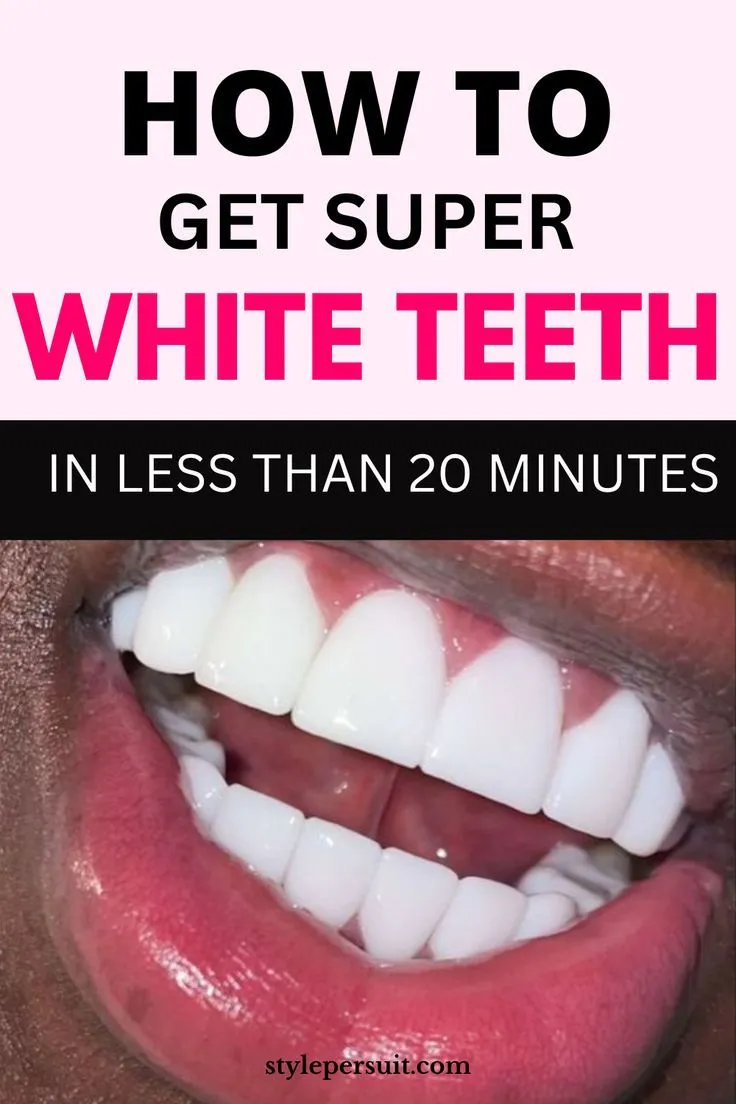
To perform coconut oil pulling, take one to two tablespoons of coconut oil and swish it around in your mouth for 15-20 minutes. Ensure the oil reaches all areas of your mouth. After swishing, spit the oil into the trash, as it contains bacteria and toxins. Rinse your mouth thoroughly with water and then brush your teeth as usual. Consistent practice, ideally once a day, can lead to noticeable improvements in teeth whiteness and overall oral health. This simple process can easily be integrated into your daily routine.
Benefits and Limitations of Coconut Oil Pulling
Coconut oil pulling offers several benefits, including reducing plaque and bacteria, improving gum health, and potentially whitening teeth. It’s a natural and safe method suitable for most people. However, it has limitations; it may not be as effective as other whitening methods for severe staining. The time commitment, 15-20 minutes per session, can be a drawback for some. Results vary, and it may not work for everyone. If you experience any discomfort or allergic reactions, discontinue use and consult a dentist. Overall, coconut oil pulling is a complementary practice, not a standalone solution for whitening.
Lemon Juice and Baking Soda for Teeth Whitening
Lemon juice and baking soda is another potential home remedy for teeth whitening, combining the abrasive qualities of baking soda with the bleaching properties of lemon juice. The acidic nature of lemon juice may help to dissolve stains, while baking soda aids in scrubbing them away. This combination can offer a quick whitening effect, but it should be used with caution due to the potential for enamel erosion. Always use this remedy sparingly and be mindful of the risks involved. Careful application is key to protecting your teeth while attempting to whiten them.
How to Use Lemon Juice and Baking Soda
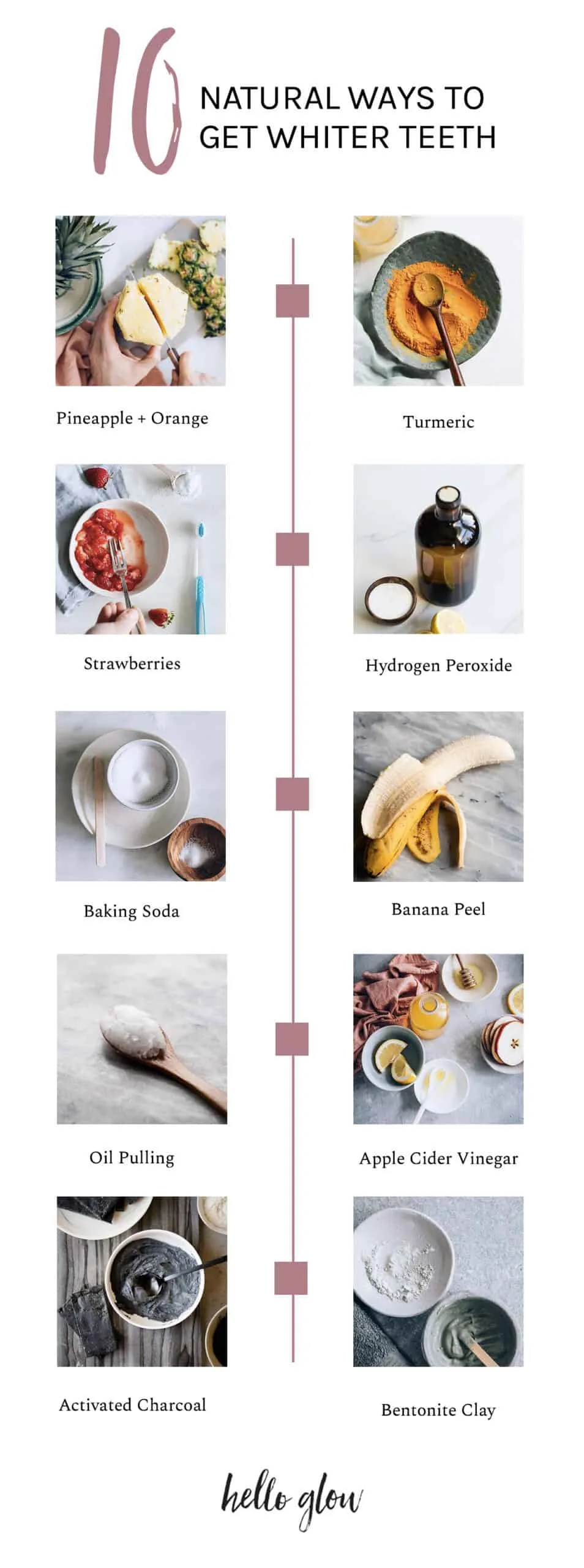
Mix a small amount of lemon juice with baking soda to form a paste. Apply this paste to your teeth and leave it on for a very short time, ideally less than a minute. Rinse your mouth thoroughly with water, and then brush your teeth with regular toothpaste. Using this remedy too frequently can be harmful, so limit its use to once a week or less. It’s important to monitor your teeth for any signs of sensitivity or enamel damage. This method requires cautious application to ensure your teeth are not harmed during the whitening process.
Risks and Precautions of Lemon Juice
The high acidity of lemon juice can erode tooth enamel, making your teeth more susceptible to cavities and sensitivity. Overuse can lead to permanent damage and discoloration. It’s crucial to use lemon juice sparingly and always rinse your mouth thoroughly after application. Avoid brushing your teeth immediately after using lemon juice, as this can further damage the enamel. People with sensitive teeth or existing dental issues should avoid this remedy. Consulting your dentist before trying this method is always recommended to assess its suitability for your teeth.
Apple Cider Vinegar for Teeth Whitening
Apple cider vinegar (ACV) is sometimes touted as a teeth whitening remedy due to its acidic properties. Proponents claim that it can help remove stains and whiten teeth. However, the evidence supporting this claim is limited, and it’s crucial to approach this remedy with caution. The potential benefits should be carefully weighed against the risks. It is important to consider the potential negative effects on your teeth before attempting this method.
How to Use Apple Cider Vinegar
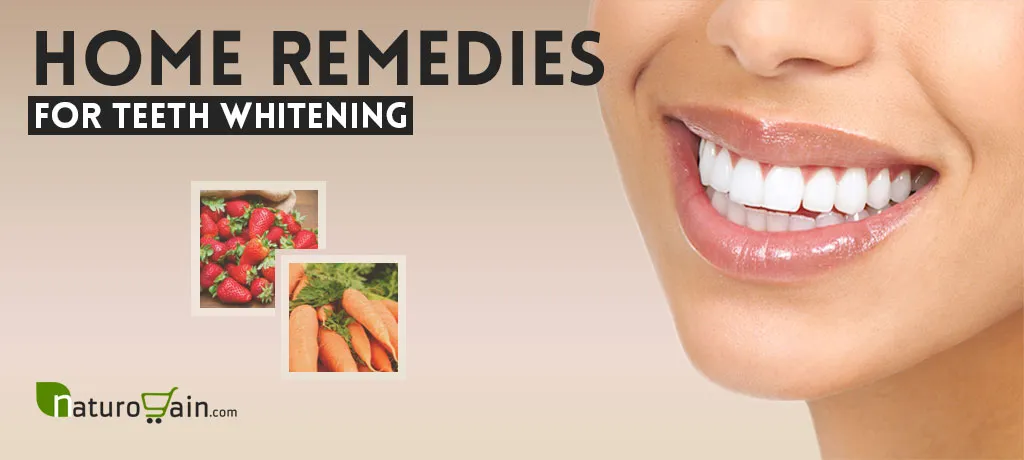
If you choose to use ACV for teeth whitening, dilute it with water to reduce its acidity. Some suggest rinsing your mouth with a diluted solution of ACV for a short period, followed by rinsing with water and brushing your teeth. Because of its high acidity, it’s crucial to limit the duration of contact with your teeth. Monitor your teeth for any signs of sensitivity or erosion. It is essential to be cautious and consult your dentist before using this method to prevent any potential harm to your teeth.
Considerations and Potential Drawbacks
The high acidity of apple cider vinegar can erode tooth enamel, increasing the risk of cavities and sensitivity. While it might offer some whitening effects, the potential for damage is significant. The abrasive properties of ACV can also contribute to enamel erosion over time. The effectiveness of ACV for teeth whitening is not well-established, and the risks often outweigh any perceived benefits. People with sensitive teeth or existing dental issues should avoid this remedy. Prioritize your oral health and consult with your dentist before using ACV for teeth whitening.
Strawberry Paste for Whitening Teeth
Strawberries contain malic acid, a natural astringent that may help remove surface stains and brighten teeth. Making a paste with strawberries is a simple and natural way to potentially whiten your teeth. This method is generally considered safer than other home remedies, but it’s still essential to use it cautiously. The malic acid content in strawberries is relatively low, so results may be subtle. It’s a mild option compared to other methods, making it a good choice for those seeking a gentle approach.
How to Make and Use Strawberry Paste
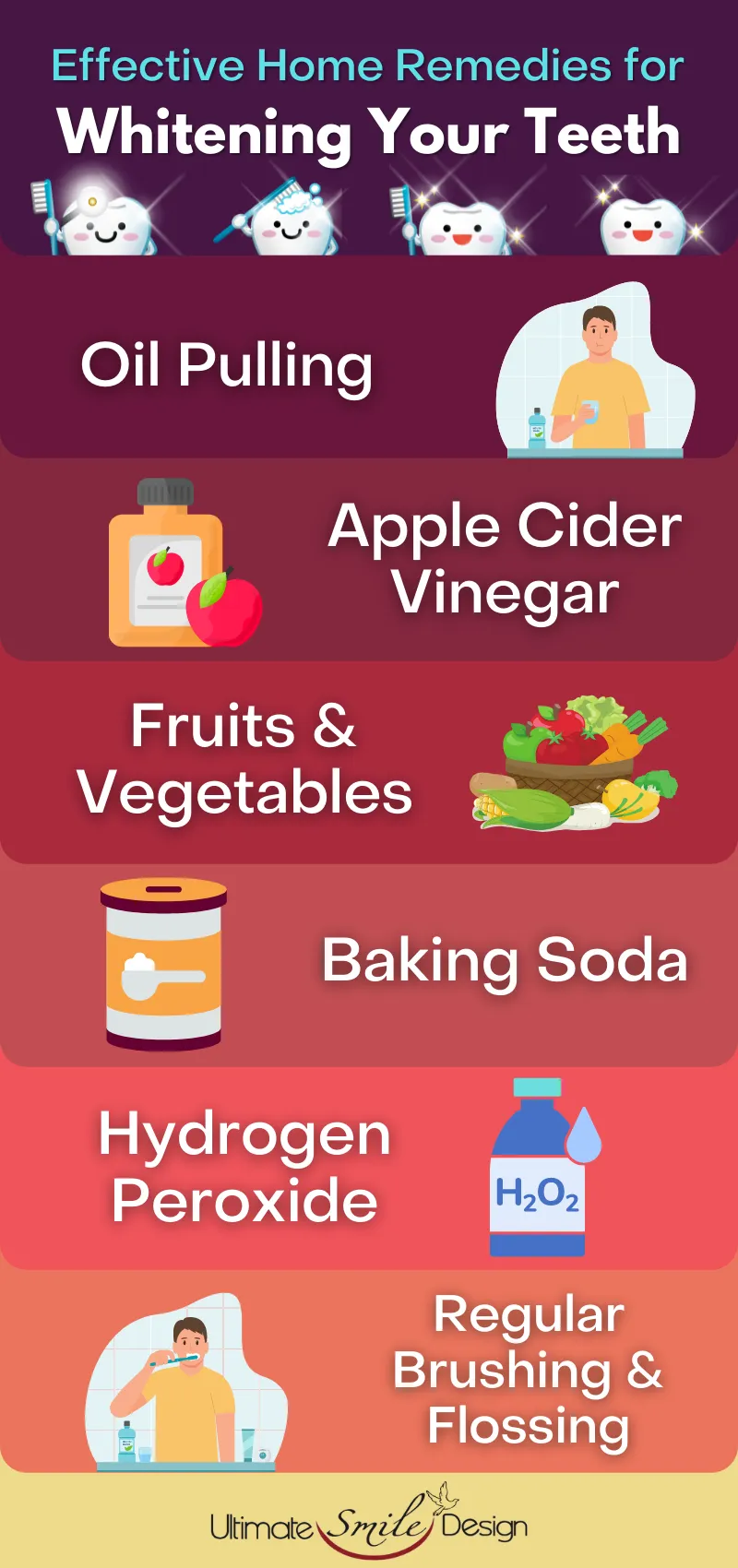
Mash a fresh strawberry into a pulp and mix it with a small amount of baking soda. Apply the paste to your teeth and let it sit for a few minutes. Gently brush your teeth with the paste, then rinse thoroughly with water. This method can be used once or twice a week. It is essential to avoid leaving the paste on for too long to prevent any potential enamel erosion. While considered a gentler approach, it’s always wise to use it in moderation to protect your teeth. If you have any concerns, speak with your dentist.
Effectiveness and Considerations
The whitening effects of strawberry paste are generally modest, and it may not be effective for all types of stains. It works best on surface stains and may provide a slight brightening effect. The malic acid content in strawberries can help remove surface stains, but it’s not as potent as other chemical whitening agents. While it is a gentler alternative, overuse can still lead to enamel erosion. Make sure to maintain good oral hygiene practices. The results vary depending on individual factors and the severity of staining.
Maintaining Your White Smile
Once you achieve a brighter smile, it’s important to maintain it through consistent oral hygiene practices and lifestyle choices. This includes brushing your teeth twice a day with fluoride toothpaste, flossing daily, and using an antimicrobial mouthwash. Regular dental check-ups and professional cleanings are essential for removing plaque and tartar, which can dull your smile. Avoiding foods and drinks that stain teeth, such as coffee, tea, and red wine, can help preserve your white smile. These habits ensure the long-term health and beauty of your teeth.
Dietary Choices for Teeth Whitening
Your diet plays a significant role in maintaining a white smile. Certain foods and drinks can stain your teeth, while others can help keep them bright. Limit your intake of coffee, tea, red wine, and dark-colored sodas, as these are known to cause staining. Consume foods rich in calcium, such as dairy products, as they can help strengthen your teeth and make them less susceptible to stains. Crunchy fruits and vegetables, like apples and carrots, can help scrub away surface stains and stimulate saliva production, which naturally cleans your teeth. Maintaining a balanced diet rich in nutrients is critical for overall oral health and the appearance of your teeth.
Oral Hygiene Practices
Consistent oral hygiene is the cornerstone of a bright and healthy smile. Brush your teeth for two minutes, twice a day, using fluoride toothpaste. Fluoride helps strengthen enamel and prevent cavities. Floss daily to remove plaque and food particles from between your teeth, where your toothbrush can’t reach. Use an antimicrobial mouthwash to further reduce bacteria and freshen your breath. Regular dental check-ups and professional cleanings are essential for removing plaque and tartar and identifying any potential oral health issues. Maintaining a consistent and thorough oral hygiene routine is the best way to keep your teeth looking their best.
Professional Teeth Whitening Options
If home remedies aren’t providing the results you desire, consider professional teeth whitening options. Your dentist can offer in-office whitening treatments, which are more potent and effective than most home methods. These treatments use stronger bleaching agents and can provide dramatic results in a single visit. Your dentist can also create custom-fitted trays for at-home whitening, using professional-grade bleaching gels. Consulting your dentist is important to determine the best whitening option for your specific needs and to ensure the safety and effectiveness of the treatment. Professional treatments are generally safer and more effective for achieving the desired results.
